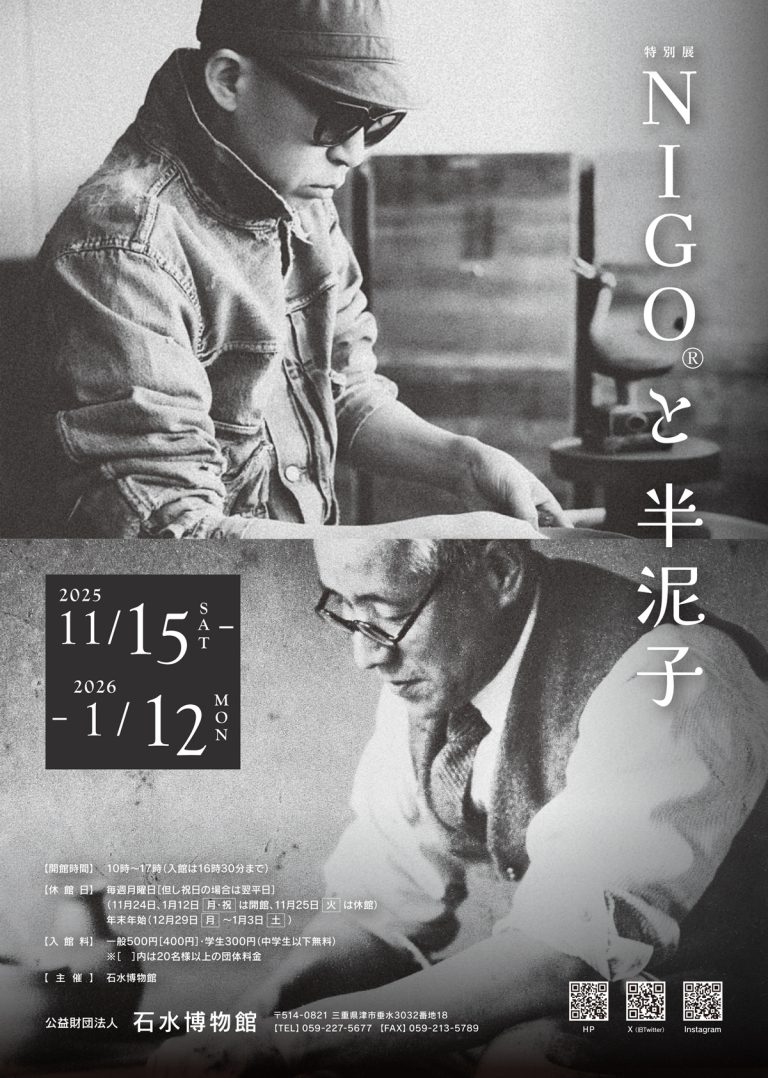ごあいさつ
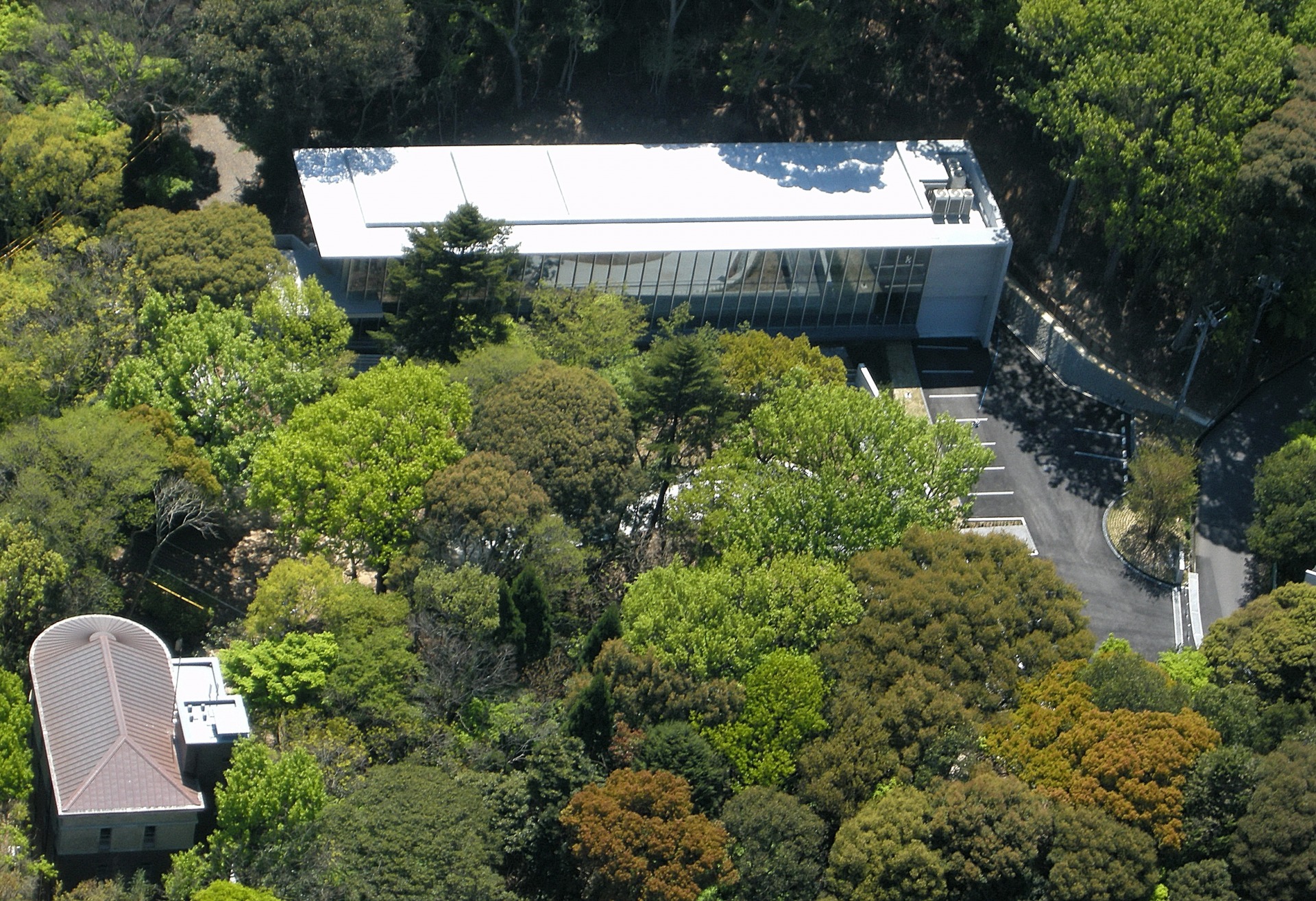
石水博物館は、川喜田久太夫(号:半泥子)が昭和5年に地域文化の振興と社会福祉活動の拠点として設立した財団法人石水会館を母体としています。
昭和50年に登録博物館となってからは津市丸之内の展示施設で地元に根ざした展覧会を開催し、市民の皆様に親しまれてきました。
平成22年に法人名を公益財団法人石水博物館に変更するとともに、半泥子ゆかりの千歳山(津市垂水)に新しい展示施設を新築し、平成23年5月、移転開館いたしました。
石水博物館の所蔵品は、江戸時代に伊勢商人の豪商であった川喜田家の旧蔵資料を中心としています。その分野は茶道具、日本画、洋画、古書典籍、浮世絵、伊勢商人関係歴史資料など多岐にわたります。また、同家十六代当主であり陶芸家としても知られる川喜田半泥子の作品や周辺資料も多数保存管理しています。
川喜田家の当主が代々蒐集してきたコレクションと川喜田半泥子の名品の数々を、千歳山の森の中にたたずむ石水博物館でごゆっくりお楽しみください。
Greeting
The Sekisui Museum has its origin in the Sekisui Kaikan, a foundation which was established by Kawakita Kyudayu (more commonly known as Handeishi) in 1930 as a center for the promotion of local culture and social welfare activities.
Since becoming a registered museum in 1975, it has held locally-rooted exhibitions at its facilities in Marunouchi, Tsu City, and has been much loved by the local community.
In 2010, the organization’s name was changed to the Public Interest Incorporated Foundation Sekisui Museum, and construction of a new exhibition facility was begun at Mt. Chitose (Tarumi, Tsu City), a place much associated with Handeishi. The museum opened in 2011.
The collection of the Sekisui Museum consists mainly of materials formerly owned by the Kawakita family, who were wealthy merchants in Ise during the Edo period. The collection includes items from various fields such as tea ceremony, Japanese paintings, Western paintings, rare books, Ukiyoe , and historical materials related to Ise merchants. Additionally, numerous works and related materials by Kawakita Handeishi, who was the 16th head of the Kawakita family and also known as a ceramic artist, are also preserved and maintained.
We hope you will enjoy your visit to the forest of Mt. Chitose and the Sekisui Museum. Please take as much time as you please and enjoy looking at the treasures passed down by the successive heads of the Kawakita family, and the masterpieces of Handeishi.
半泥子と石水会館
川喜田半泥子(かわきたはんでいし:1878〜1963)は、伊勢商人川喜田久太夫(きゅうだゆう)家十五代の長男として生を受けました。本名は川喜田久太夫政令(まさのり)、幼名善太郎。川喜田久太夫家は伊勢国津に本拠を置いて江戸大伝馬町(おおでんまちょう)に大店を構え、主に木綿太物を扱っていた豪商。創業は寛永年間で、半泥子生誕の頃には既に200年以上の歴史を持つ老舗でした。
半泥子は幼くして両親と別れ、1歳で家督を相続し十六代久太夫を襲名することとなり、祖母・政や筆頭分家の川喜田四郎兵衛らから教育を受けました。また祖母の勧めにより若くから参禅したことによって強靭な心身を会得し、商家の当主として、また百五銀行第六代頭取他数々の企業の要職をこなしました。また先祖の意志を継いで地域振興の事業も手がけ、文化財団石水会館の設立もそのひとつでした。
石水会館は、当時三重県下初の総合文化施設として津市丸之内本町(現東丸之内)に鉄筋コンクリート3階建の洋館や日本館などを備え、美術展、講演会、音楽会などを開催していました。これらの施設は残念ながら昭和20年の戦災で焼失しましたが、半泥子の財団設立時の精神は、80年の時を経て公益財団法人石水博物館に受け継がれています。
半泥子はその多忙な日常において、書画、茶の湯、俳句、写真など実に多彩な趣味を持ち、いずれに対しても形にとらわれない自由で伸びやかな姿勢で風雅に遊びました。なかでも陶芸においては破格でした。本格的に陶芸をはじめたのは還暦が近くなってからのこと。晩年の手紙に「子供の頃から焼物好の私が昭和八年に千歳山に窯を築いて二三万作った、又廣永で今迄に作った一万斗(ばか)りと合すと大分の数になる」と記しています。戦前は自邸の千歳山に窯を築いて、中里無庵(1895〜1985・十二代太郎右衛門)、荒川豊蔵(1894〜1985)、金重陶陽(1896〜1967)、三輪休和(1895〜1981・十代休雪)、小西平内(1899〜1991)といった若き陶工たちと交わって研究を重ね、戦後は津市郊外の広永に窯を移して会社組織の廣永陶苑を設立、坪島土平(1929〜2013)ほか若い弟子たちと作陶を楽しみました。陶芸において「シロート」であり続けた半泥子の遊び心あふれる陶芸作品は、趣味の域を超え、高い評価を受けています。
なお半泥子の号は禅の師の命名で、「半(なか)ば泥(なず)みて半ば泥まず」という意味です。その他「無茶法師(むちゃほうし)」「莫加野(耶)廬(ばかやろう)」「鳴穂堂(なるほどう)主人」「紺野浦二(こんのうらじ)」「其飯(きはん)」「反古大尽(ほごだいじん)」などがあります。また「泥仏堂(でいぶつどう)」は轆轤場の名であり、号としても用いています。
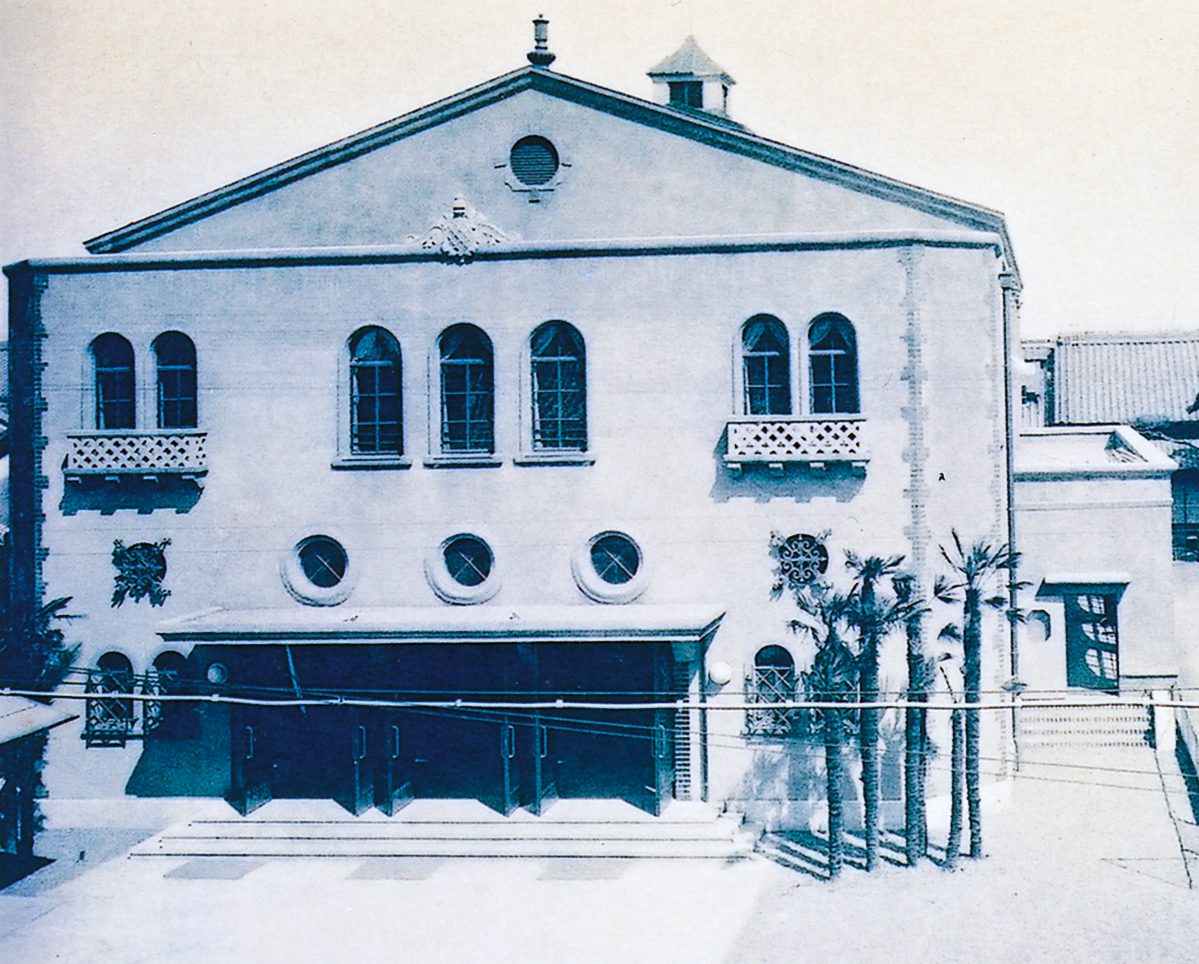
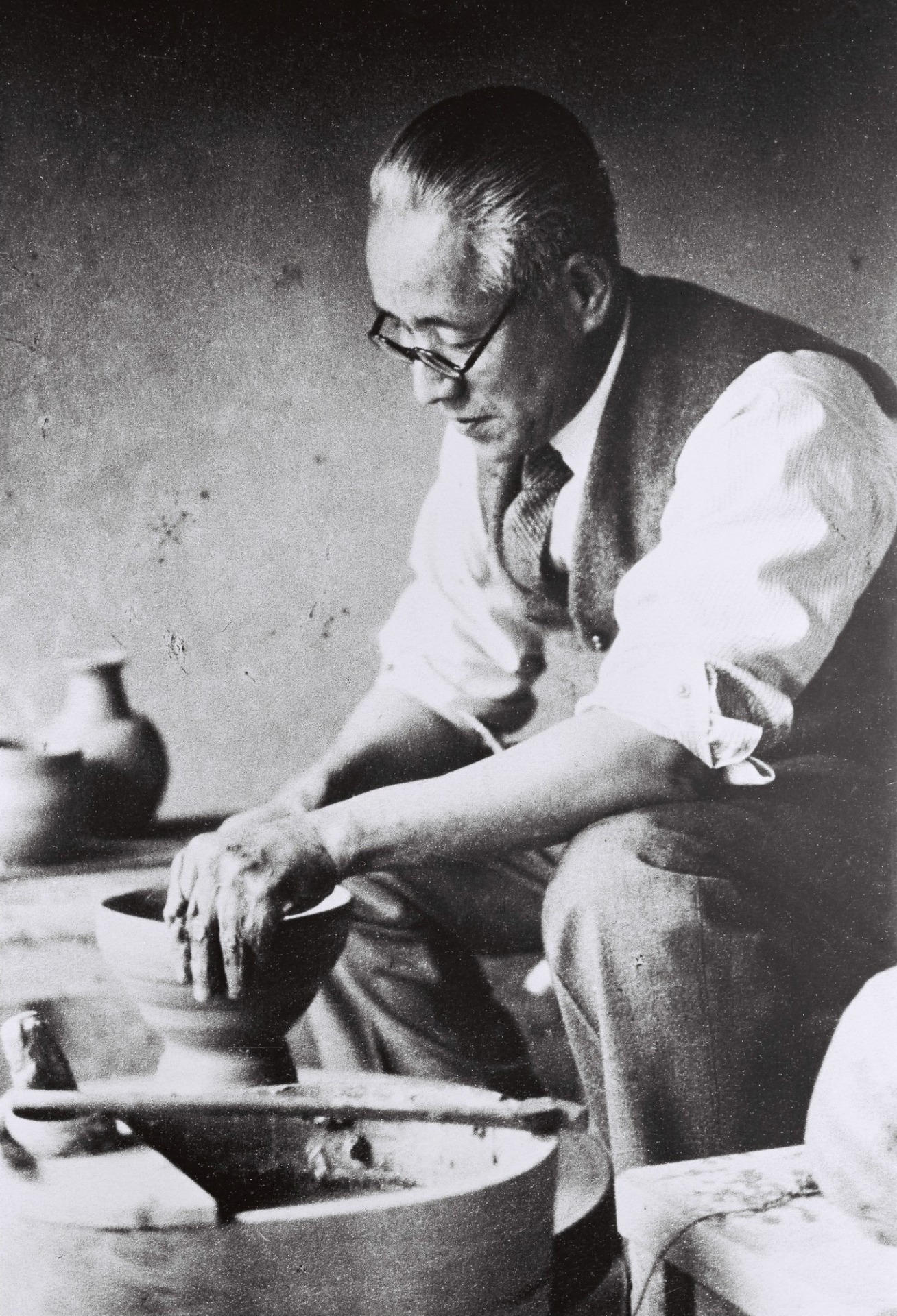
Handeishi and Sekisui Kaikan
Kawakita Handeishi (1878-1963) was born as the eldest son of Kawakita Kyudayu, the fifteenth head of a family of renowned Ise merchants. His given name was Kyudayu Masanori Kawakita, and his childhood name was Zentaro. The Kawakita family, based in Tsu, Ise Province, had a prominent store on the 1st street of Odenmacho district in the city of Edo, primarily dealing in cotton textiles. Founded during the Kan’ei era (1624~1644), by the time of Handeishi’s birth, it was already a well-established and reputable business with a history spanning over 200 years.
Handeishi was separated from his parents at a young age and inherited the family headship at the age of one, taking on the name of the sixteenth Kyudayu. He received education from his grandmother, Masa, and the head of the main branch, Kawakita Shirobei. He also began Zen meditation at a young age upon his grandmother’s advice, which endowed him with a robust mind and body. As the head of a business household, he also held important positions in various enterprises, including being the sixth president of Hyakugo Bank. Following the wishes of his ancestors, he also engaged in regional development projects, one of which was the establishment of the Sekisui Kaikan Cultural Foundation.
The Sekisui Kaikan, as the first comprehensive cultural facility in Mie Prefecture at the time, was located in Marunouchi Honmachi (present-day Higashi Marunouchi), Tsu City. It featured a three-story Western-style building and a Japanese-style building, hosting art exhibitions, lectures, and musical performances. Unfortunately, these facilities were destroyed by war damage in 1945, but 80 years on, Handeishi’s spirit at the time of establishing the foundation has been inherited by the Sekisui Museum.
Despite his busy schedule, Handeishi had a wide range of hobbies, including calligraphy, tea ceremony, haiku, and photography. He pursued these with a free and expansive attitude, unbound by conventions. However, it is for his ceramic art that he is best-known. Handeishi began creating pottery seriously when he was approaching sixty. In his later years, he wrote in a letter, “I, who have loved pottery since childhood, built a kiln on Mt. Chitose in the 8th year of Showa (1933) and made twenty to thirty thousand pieces, which, combined with the ten thousand or so I made since moving to Hironaga, amounts to a considerable number.” Before the war, he had built a kiln at his residence on Mt. Chitose and engaged in research with young potters such as Nakazato Muan (1895~1985, Taroemon XII), Arakawa Toyozo (1894~1985), Kaneshige Toyo (1896~1967), Miwa Kyuwa (1895~1981, Kyusetsu X), and Konishi Heinai (1899~1991). After the war, he moved the kiln to Hironaga on the outskirts of Tsu City and established the corporate organization Hironaga Touen, enjoying pottery with his young disciples, including Tsuboshima Dohei (1929~2013). Handeishi’s playful pottery works received high acclaim, despite his amateur status, raising him up far above the level of a mere hobbyist.
Handeishi’s pen name, meaning “half in mud, half out of mud,” was given to him by his Zen master. Other aliases included “Mucha Hoshi,” “Bakayaro,” “Naruhodo Master,” “Konno Uraji ,” “Kihan,” and “Hogodaijin.” “Deibutsudo” was the name of his potter’s wheel, also used as an alias.
千歳文庫
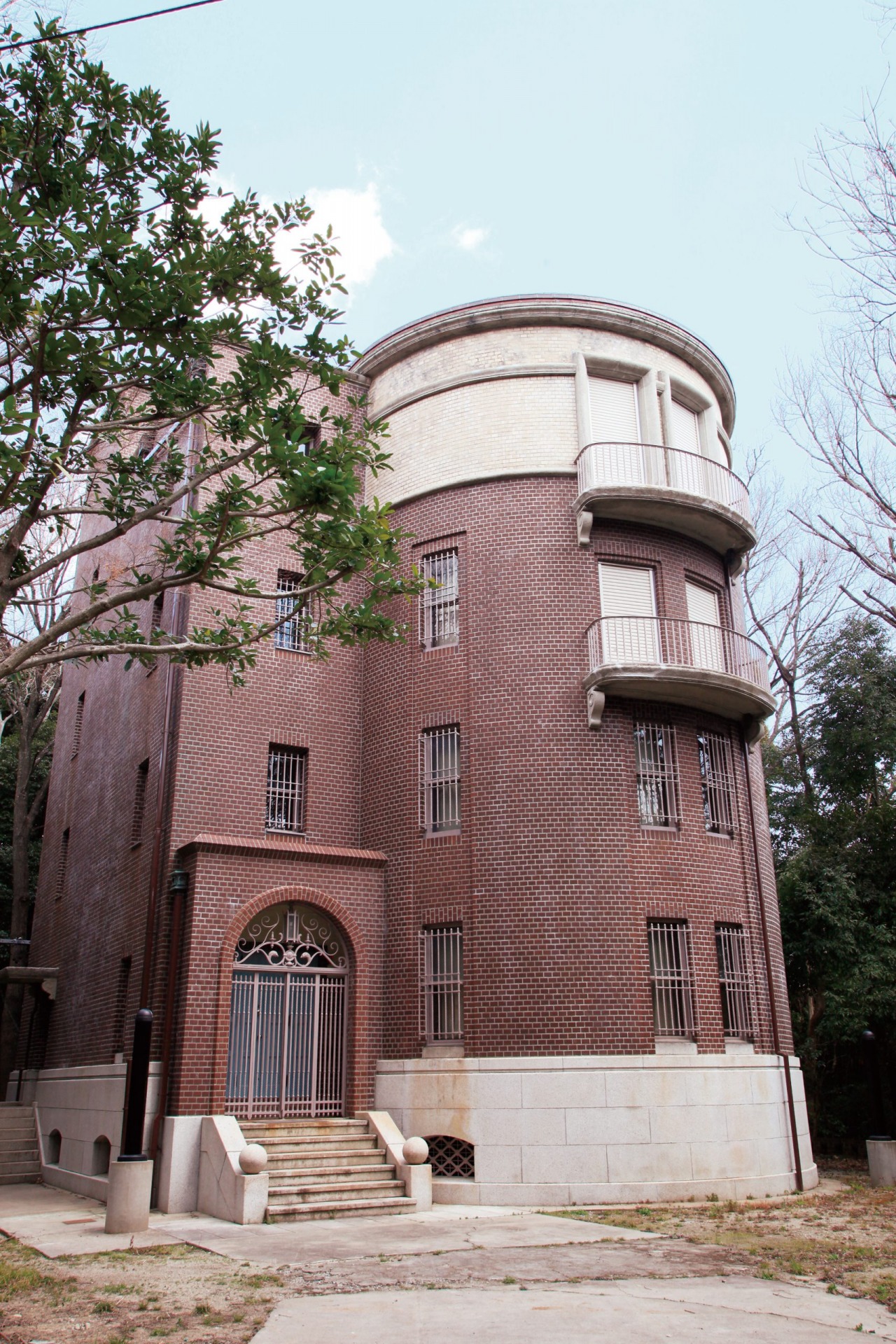
千歳文庫は昭和5年、川喜田半泥子が同家所蔵品の収蔵のため、津市郊外千歳山の自邸内に建設しました。
鉄筋コンクリート造4階建て、総床面積は636.53m²。屋根は鉄骨トラスを組み、銅板瓦棒葺である。当初は三重県で2例目だったといわれるエレベーターを備えていました。設計者の前田健二郎は高島屋日本橋店や京都市美術館を手がけた建築家でした。施工は安藤組と伝わります。
3、4階にバルコニーを設け、閲覧や応接に使用していたと思われる4階南側の部屋にシャンデリアがある以外は、外装、内装ともに装飾的要素はほとんどありません。高床式、二重壁、二重窓など、収蔵庫としてよく考えられた構造であるため、一年を通して湿度の変動がゆるやかです。
平成18年に国の登録有形文化財(建造物)になりました。また、平成21年には、内側からのコンクリート打増しによる耐震補強工事を行いました(施工:清水建設株式会社)。
現在でも石水博物館の収蔵庫として使用しているため内部は非公開ですが、駐車場から新・石水博物館のエントランスへ続くスロープやガラス張りのロビーからは、森の中に堂々と佇む千歳文庫の外観を眺望していただくことができます。(内部非公開)
The Chitose Bunko
The Chitose Bunko was constructed by Kawakita Handeishi in 1930 to house the family’s collection, located within his residence on Mt. Chitose on the outskirts of Tsu City.
It is a four-story reinforced concrete building with a total floor area of 636.53 square meters. The roof is constructed with steel trusses and covered with copper roofing tiles. Initially, it was equipped with an elevator, which was only the second of its kind to be installed in Mie Prefecture. The architect, Kenjiro Maeda, also designed the Takashimaya Nihonbashi store and the Kyoto City Museum of Art. The construction was carried out by the Ando Corporation.
Balconies were installed on the third and fourth floors, and apart from a chandelier in the room on the south side of the fourth floor, presumably used for viewing and receptions, both the exterior and interior have minimal decorative elements. Designed as a storage facility, it features raised floors, double walls, and double windows, which ensure gentle fluctuations in humidity throughout the year.
In 2006, the Chitose Bunko was designated as a Registered Tangible Cultural Property (Building) by the Japanese government, and in 2009, seismic reinforcement work was carried out by adding concrete from the inside (construction by Shimizu Corporation).
The interior of the Chitose Bunko remains inaccessible and is not open to the public, as the building is still used as a storage facility for the Sekisui Museum. However, please feel free to admire the exterior of the building, which stands proudly beneath the trees, from the slope leading to the entrance of the new Sekisui Museum, or from the glass-wall of the reception area.
所蔵品紹介
川喜田家歴代コレクション
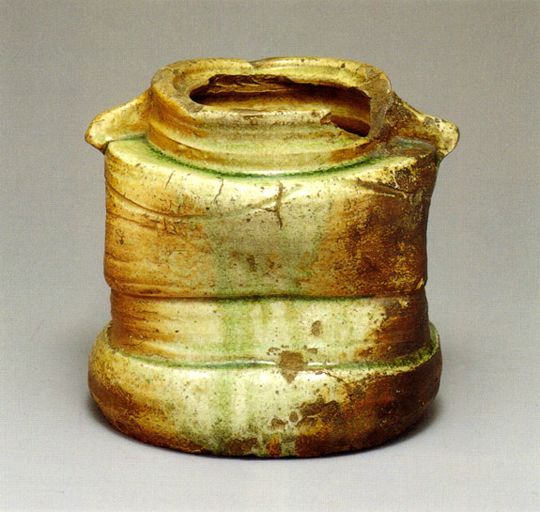
古伊賀水指 銘「鬼の首」
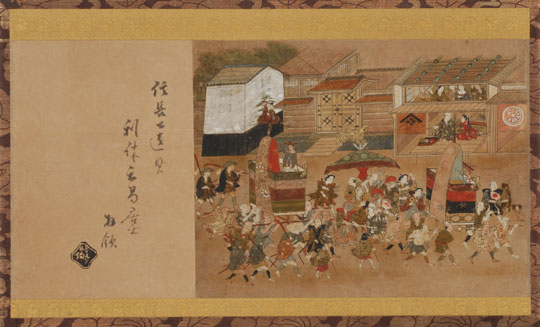
祇園祭礼図
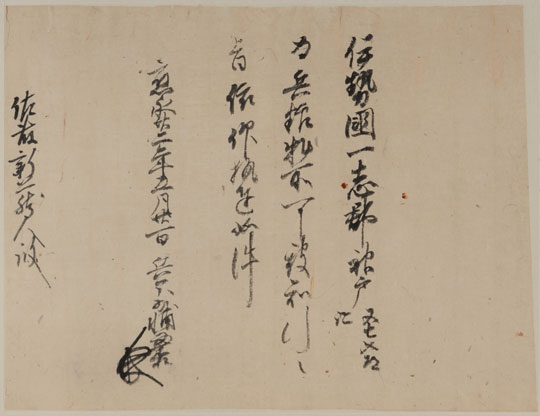
佐藤家文書(重要文化財)
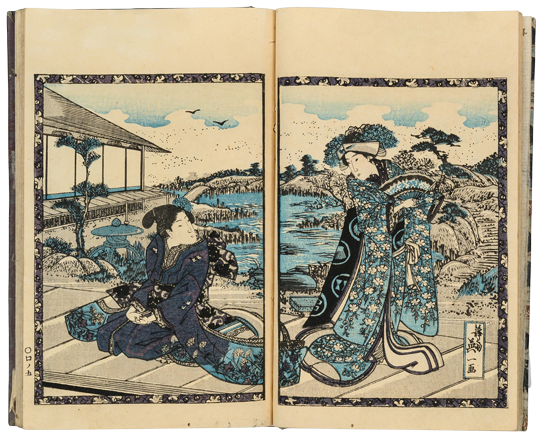
『春⾊英対談語』初編

桜の美人
半泥子の作品から
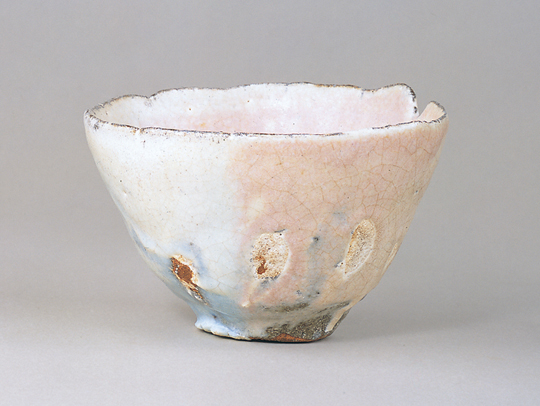
粉引茶碗 銘「雪の曙」
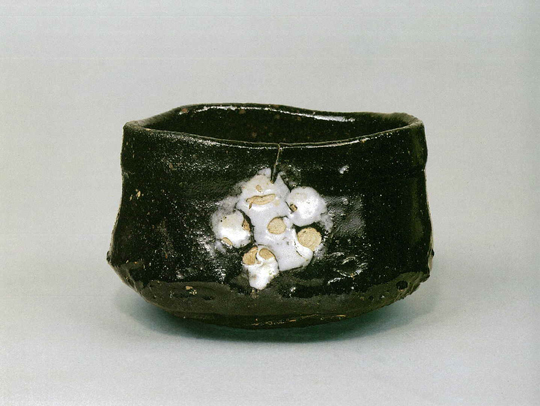
織部黒茶碗 銘「暗香」
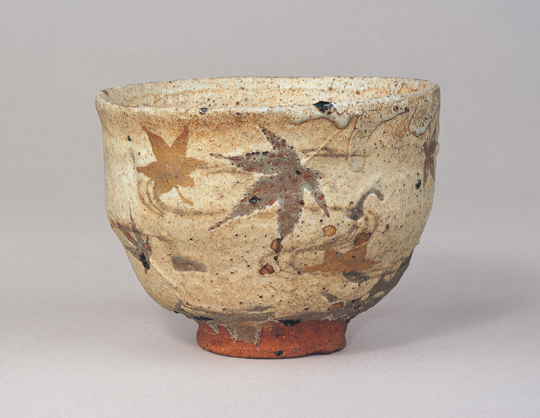
粉引茶碗 銘「たつた川」
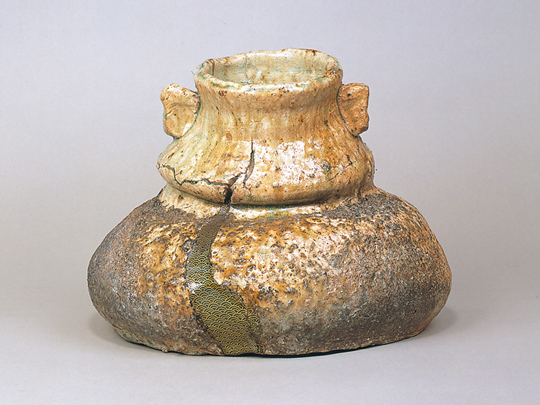
伊賀水指 銘「慾袋」


